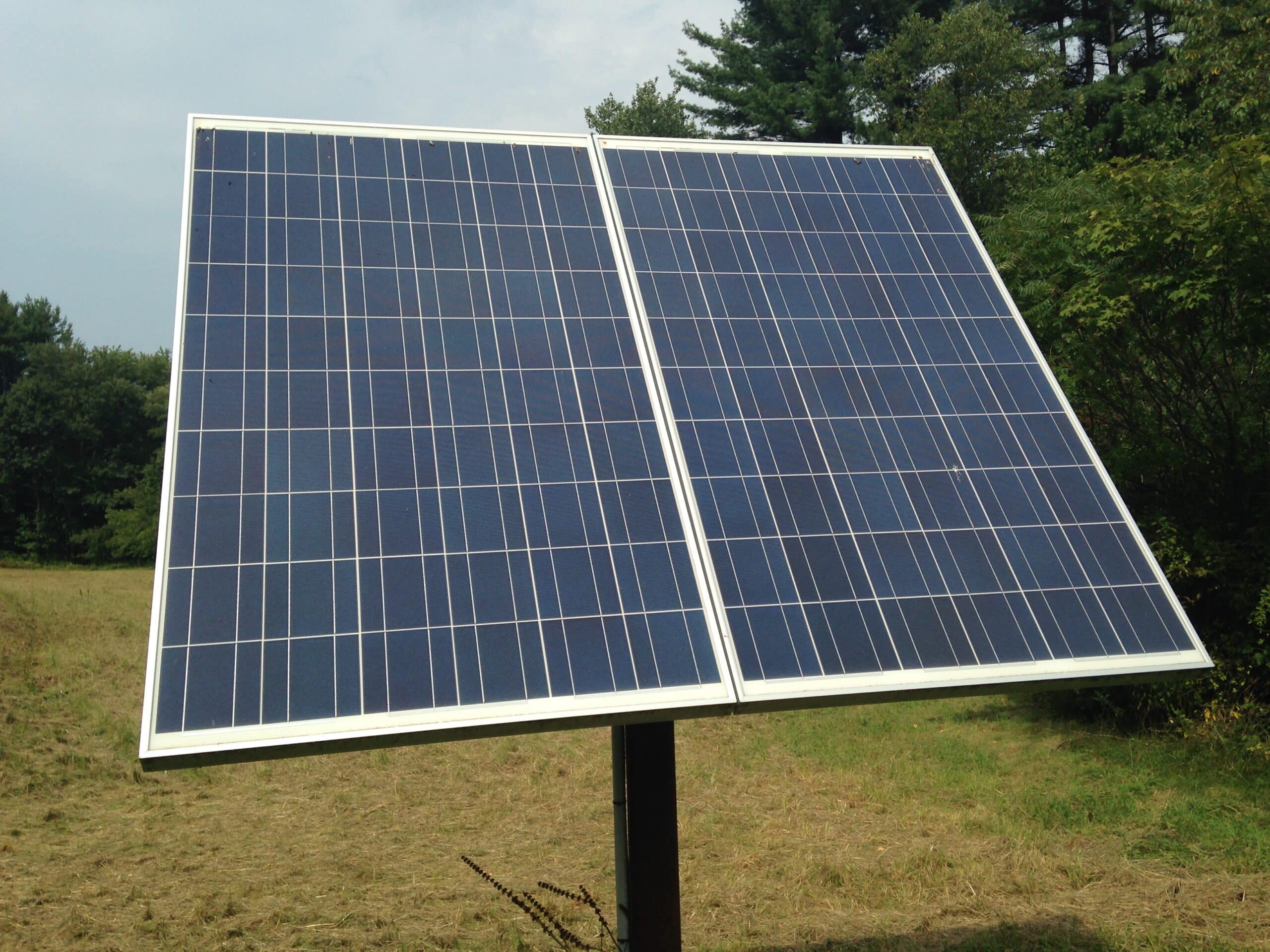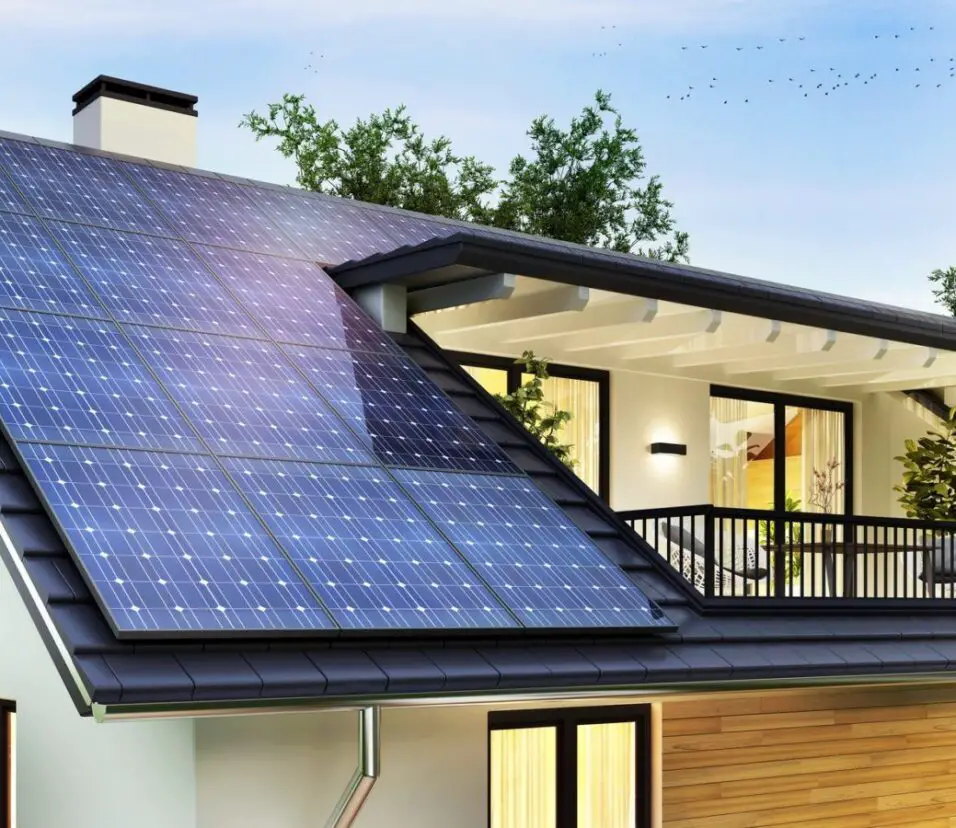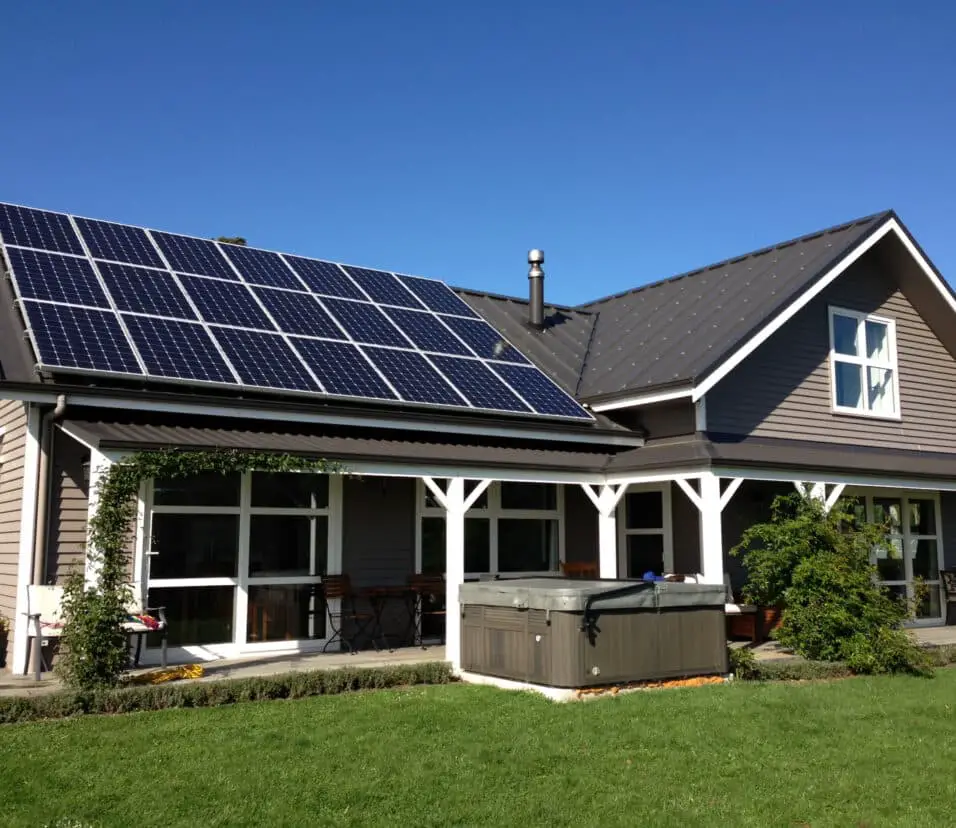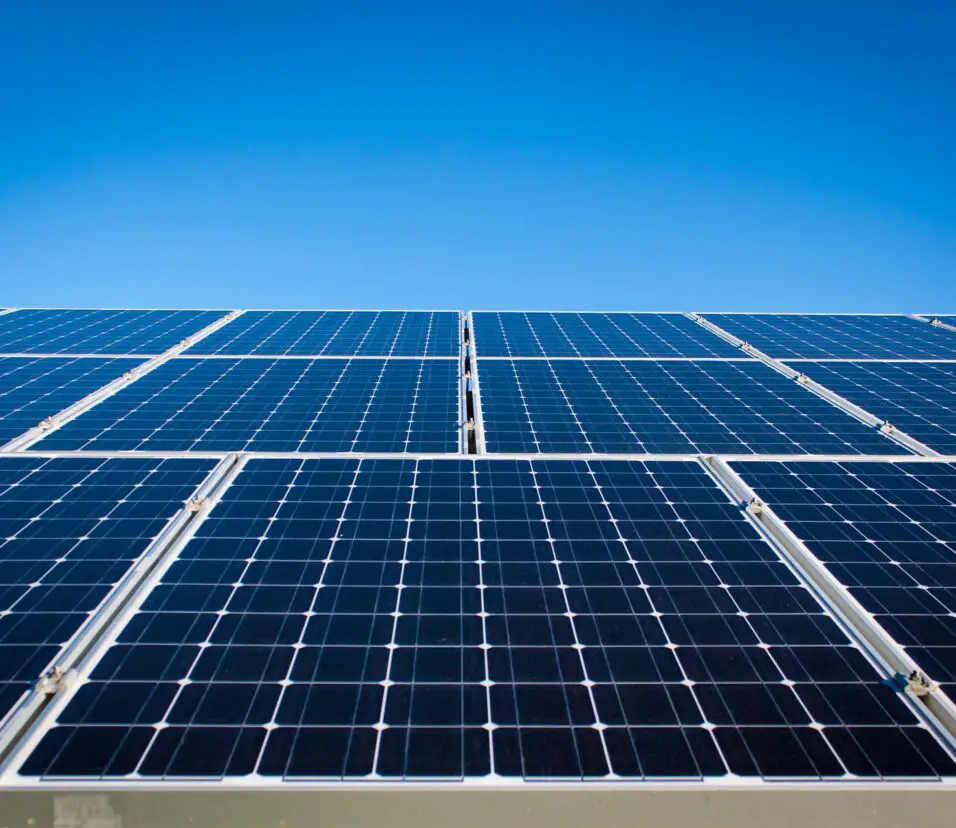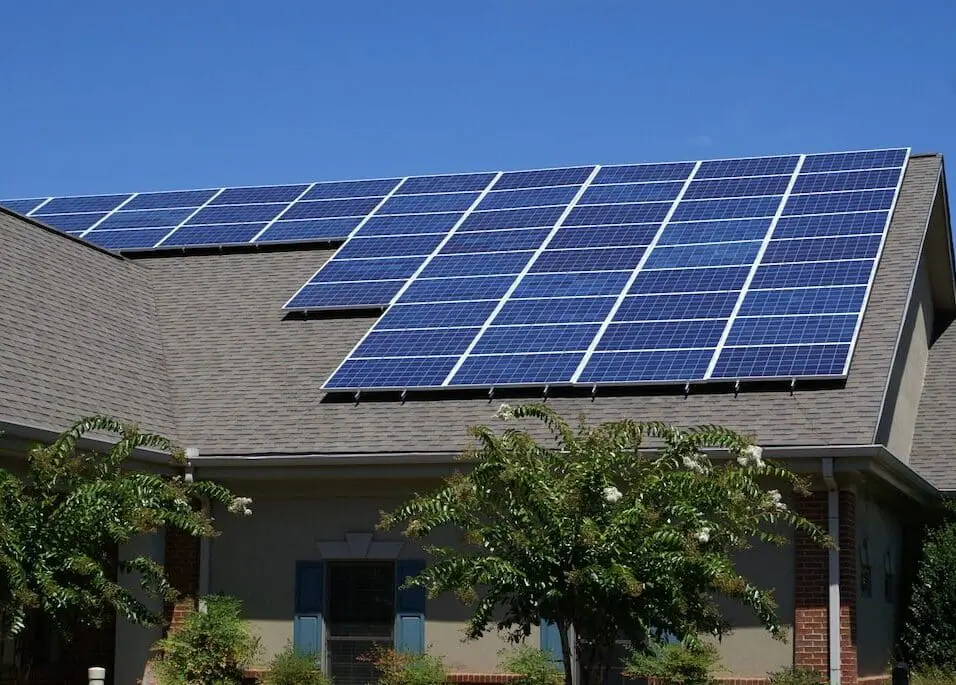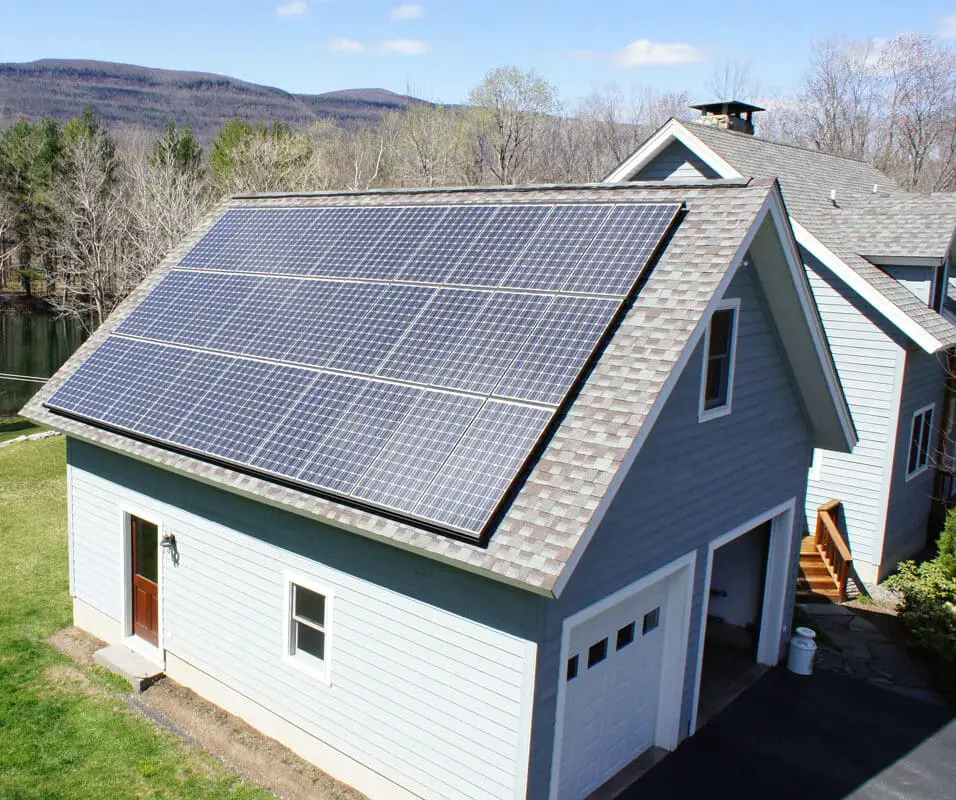What Percentage Of Homes Have Solar Panels
Introduction
What Percentage Of Homes Have Solar Panels: The steady decline in the cost of solar panel installations, coupled with various government incentives and supportive policies, has played a significant role in making solar energy more accessible to a broader segment of the population. This accessibility, in turn, has driven a substantial increase in the number of residential solar installations worldwide.
Throughout this discussion, we will explore the latest data and research from various regions, countries, and continents to paint a comprehensive picture of the percentage of homes that have embraced solar panels. We will examine the factors that have facilitated the widespread adoption of solar power, including technological advancements, financial incentives, and the growing awareness of the need for sustainable energy practices.
Furthermore, we will also delve into the challenges and barriers that still exist in the solar energy sector, such as infrastructure limitations, grid integration, and public perception. By understanding these aspects, we can gain valuable insights into the future prospects of solar panel and the potential it holds in reshaping our energy landscape. As concerns about climate change and environmental sustainability intensify, individuals and communities are increasingly recognizing the importance of transitioning to cleaner and renewable energy sources.
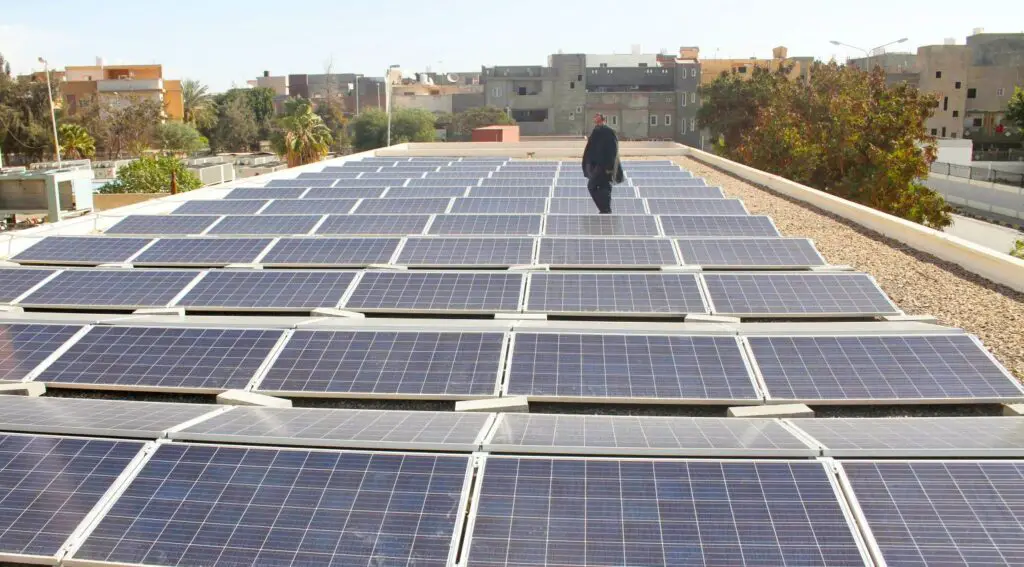
What percentage of UK homes have solar panels?
Residential. There are roughly 1.2 million UK homes with solar panel installations, according to the latest MCS installations data. This means 4.1% of the 29 million homes in the UK are generating electricity from solar panels. There’s definitely room for improvement here.
Government Incentives: The UK government has implemented various financial incentives to promote solar energy adoption.
Falling Solar Panel Costs: The cost of solar panel installations has significantly decreased over the years, making them more economically attractive to homeowners. This drop in costs has resulted from advances in solar technology, increased manufacturing efficiency, and global supply chain improvements.
Environmental Awareness: Growing environmental consciousness and a desire to reduce carbon footprints have led many UK homeowners to seek sustainable energy solutions. Solar power offers a clean and renewable alternative to traditional fossil fuel-based energy sources.
Energy Independence: Solar panels empower homeowners to generate their own electricity, reducing their dependence on grid-supplied energy and potentially lowering energy bills over time.
Which country has the most home solar panels?
China
China- 392 GW
China’s solar prowess is staggering. With a whopping 392 GW, the country is the largest producer of solar energy in the world. In the first six months of 2022, the nation has deployed more than 30.88 GW of Solar PV systems.
Energiewende Policy: This ambitious policy has driven significant incentives and support for solar power, making it an attractive option for homeowners.
Feed-in Tariff (FiT): Germany’s Feed-in Tariff scheme, introduced in the early 2000s, guaranteed fixed payments for renewable energy producers, including homeowners with solar panels. This stable and long-term incentive played a pivotal role in encouraging homeowners to invest in solar energy.
Technological Advancements: Germany has been at the forefront of solar technology research and development.
Public Awareness and Support: The German population’s strong awareness and support for renewable energy have created a favorable environment for the widespread adoption of solar panels in homes.
Renewable Energy Generation: Residential solar panels contribute significantly to the country’s renewable energy capacity, reducing its reliance on fossil fuels and enhancing energy security.
Greenhouse Gas Emissions: By generating clean electricity from solar panels, Germany has been able to reduce its greenhouse gas emissions, supporting its efforts to combat climate change.
How effective are solar panels?
How much sunlight solar panels can turn into electricity. Because conditions for solar panels are never perfect, they will never be 100% efficient. In fact, most residential panels have an efficiency of around 20%. Panels with 40% to 50% efficiency are available, but tend to be prohibitively expensive.
One of the most significant benefits of solar panels is their positive impact on the environment. Solar energy is a clean and renewable resource that produces electricity without generating greenhouse gas emissions or harmful pollutants. By harnessing the sun’s energy, solar panels contribute to reducing carbon footprints and mitigating the effects of climate change.
Regional Suitability
The effectiveness of solar panels can vary based on geographic location and local climate. Regions with abundant sunlight, such as deserts or areas close to the equator, are ideal for solar energy generation.
System Design and Maintenance
The effectiveness of solar panels is influenced by the overall system design and proper maintenance. Factors such as panel orientation, tilt angle, shading, and system size can impact the amount of electricity generated. Proper installation and periodic maintenance, including cleaning the panels, are essential to ensure optimal performance.
Energy Storage
The advancement of energy storage technologies complements solar panel effectiveness and enables a more reliable and stable energy supply.
How long do solar panels last?
25 to 30 years
The industry standard for most solar panels’ lifespans is 25 to 30 years. Most reputable manufacturers offer production warranties for 25 years or more. The average break even point for solar panel energy savings occurs six to 10 years after installation.
Different types of solar panels have varying lifespans. Monocrystalline and polycrystalline solar panels are the most common and typically have a similar lifespan, ranging from 25 to 30 years. Thin-film solar panels, while often less expensive, may have a shorter lifespan, usually around 20 to 25 years. However, advancements in technology may lead to longer-lasting thin-film panels in the future.
Environmental Factors
The environment in which solar panels are installed can influence their longevity. Extreme weather conditions, such as hailstorms, hurricanes, and heavy snow, can potentially damage solar panels. However, most solar panels are designed to withstand such weather events to a certain extent. Additionally, regular exposure to high temperatures and ultraviolet (UV) radiation can gradually degrade panel materials over time.
Quality and Manufacturing
The quality of materials and manufacturing processes significantly impacts the lifespan of solar panels. High-quality panels are built to withstand environmental stressors and often come with longer warranties. When considering solar panel options, it is advisable to choose reputable manufacturers and suppliers with a track record of producing reliable and durable products.
Maintenance and Upkeep
Regular maintenance is crucial in ensuring the long-term effectiveness of solar panels. Dust, dirt, bird droppings, and other debris can accumulate on the panel surface, reducing their efficiency. Cleaning the panels periodically helps maximize their performance. Additionally, keeping the surrounding area free from shading, such as trimming nearby trees, prevents energy production loss.
Dust, dirt, and other particles can accumulate on the surface of solar panels, reducing their light absorption and energy conversion capacity. Cleaning the panels periodically is crucial to maintain their efficiency. The cleaning frequency depends on the local environment and weather conditions. In areas with regular rainfall, natural cleaning may be sufficient, while in dusty regions, more frequent manual cleaning might be necessary.
Regular inspections are essential to identify any issues that may affect the performance of solar panels. Inspecting for cracks, loose connections, or signs of wear can help detect potential problems early on and prevent further damage. It’s recommended to have a professional solar technician conduct annual inspections to ensure the system’s integrity.
While solar panel cleaning can be done by homeowners, especially for ground-mounted systems, it’s essential to follow safety guidelines and use appropriate equipment to avoid accidents and damage to the panels. For rooftop installations, it’s generally safer and more practical to hire professionals to handle the maintenance.
Professional solar technicians have the expertise and experience to perform comprehensive inspections, identify potential issues, and conduct repairs if necessary. They can ensure that the maintenance is done safely and efficiently, ultimately maximizing the energy output of the solar panels.
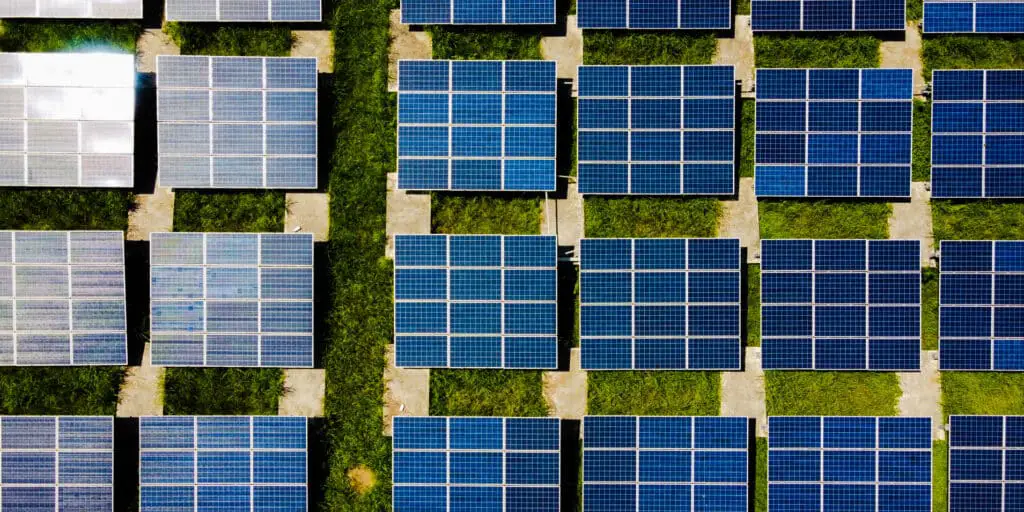
Do solar panels need maintenance?
Solar panels typically don’t require much maintenance other than periodic cleaning and keeping them free from obstacles that can cast shadows over the panels. Solar panels need an unobstructed path to the sun to operate optimally.
Regular maintenance of solar panels is essential to ensure their longevity and efficiency. When properly maintained, solar panels can produce energy for over two decades, making them a wise long-term investment. Neglecting maintenance, on the other hand, can lead to a decline in performance, reduced energy output, and ultimately, a decrease in savings on electricity bills.
Dust and Debris: Dust, dirt, leaves, and other debris can accumulate on the surface of solar panels, reducing the amount of sunlight they receive and thus diminishing their efficiency.
Shading: Shading can significantly impact solar panels’ output. Even a small shadow, such as that from a nearby tree or building, can cause a drop in energy production.
Weather Effects: Solar panels are designed to withstand various weather conditions, but extreme weather events like hail, heavy snow, or severe storms can cause physical damage to the panels.
Moisture and Corrosion: Improper sealing or installation can lead to moisture ingress, leading to corrosion of electrical connections and reducing the panel’s performance.
Wiring and Inverter Issues: Wiring and inverter problems can occur over time, affecting the overall efficiency of the solar system.
Do solar panels work at night?
The short answer is: no, solar energy systems only operate during the day. This is because the power from the sun is key to how a solar panel turns light into electricity.
Solar panels rely on photons, which are particles of light emitted by the sun, to initiate the photovoltaic effect. When sunlight strikes the solar panel’s surface, the semiconductor material within the panel absorbs the photons and releases electrons, creating an electrical current. This process is how solar panels generate electricity.
At night, the Earth’s rotation causes the sun to set, resulting in a lack of sunlight. Without sunlight, solar panels cannot produce electricity. As a result, solar energy systems experience a significant drop in energy production during nighttime hours.
To overcome the limitation of solar panels not working at night, energy storage solutions are utilized. One popular method is to integrate battery storage systems with solar panels. During daylight hours when the sun is shining, excess electricity generated by the solar panels is stored in the batteries for later use.
In off-grid solar systems, where homes or buildings are not connected to the utility grid, energy storage becomes essential to meet electricity demands during the night or when sunlight is limited. In these setups, batteries store excess solar energy, allowing residents to use it during nighttime hours.
Can solar panels work without sun?
However, even when there is no sun, solar panels can still produce electricity. Solar panels are designed to work in all weather conditions, including cloudy days and even during the night. Solar panels use ultraviolet light to create power. Even on a cloudy day, there is ultraviolet light present.
Solar panels can produce electricity in low-light conditions, such as during dawn or dusk, or on cloudy or overcast days. While their energy production is significantly reduced compared to full sunlight, solar panels are still capable of generating some electricity because they can capture and utilize diffused or indirect sunlight.
Diffused Light
Even on cloudy days, solar panels can convert diffused sunlight into electricity. Diffused light occurs when sunlight scatters and spreads out due to cloud cover or atmospheric conditions. Although the amount of electricity generated in these conditions is lower than on sunny days, solar panels can still contribute to energy production.
Indirect Light
By using bypass diodes, solar panels can minimize energy losses caused by shaded cells or sections.
Indoor Use
Indoor solar panels produce less energy than outdoor ones under direct sunshine. Fluorescent and LED lights can generate some electricity from solar panels, but not enough to run household appliances.
Nighttime Operation
As mentioned earlier, solar panels cannot produce electricity at night since there is no sunlight available. During nighttime hours, solar panels are inactive, and alternative energy sources or energy storage solutions are required to provide electricity.
Do solar panels work in rain?
Solar panels will still work even when the light is reflected or partially blocked by clouds. Rain actually helps to keep your panels operating efficiently by washing away any dust or dirt.
Overall Energy Production
Solar panels may generate electricity in different weather conditions, making them a viable energy alternative even in wet weather. Even when rain reduces output, solar panels may produce significant electricity year-round.
Backup Energy Sources and Storage
Solar systems commonly use energy storage options like batteries to maintain electricity supply during rainy or gloomy periods. Solar energy can be stored in batteries for use on cloudy days and at night.
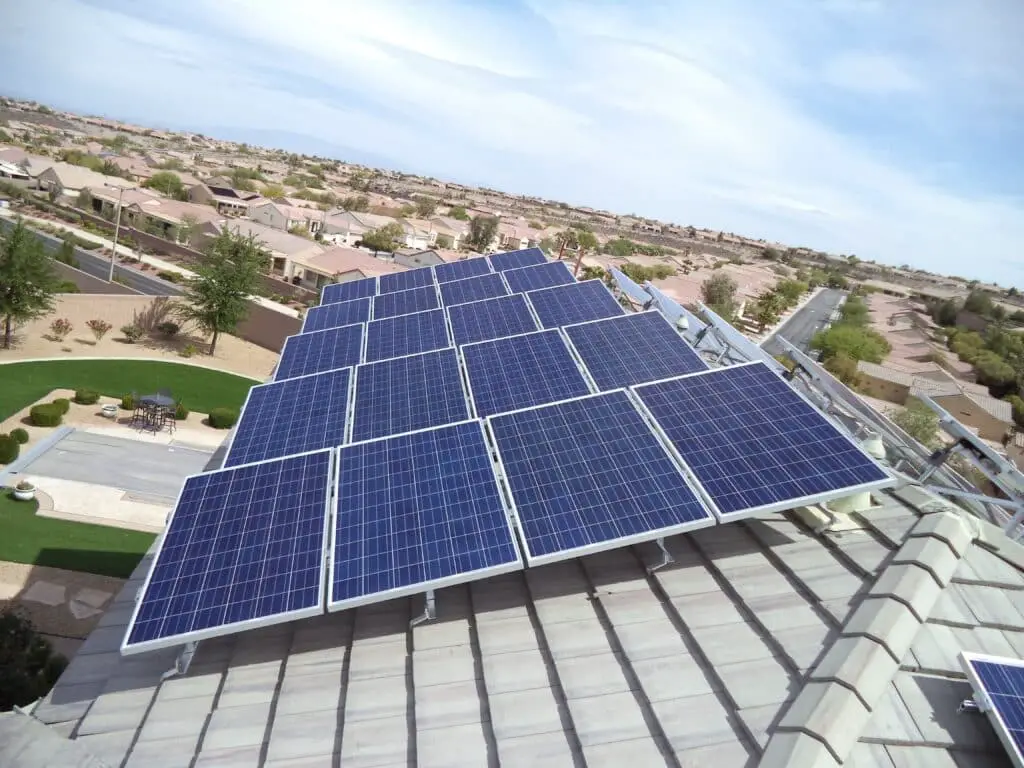
Conclusion
As the world shifts towards renewable energy solutions, solar power stands out as a prominent player in the quest for a cleaner and more sustainable future. The encouraging decline in solar panel installation costs and the implementation of various supportive policies and incentives have propelled an increasing number of homeowners to invest in solar energy systems.
While the exact percentage of homes with solar panels may vary significantly from region to region, it is evident that solar power is now a mainstream consideration for many households. Countries with strong governmental support and a proactive solar power approach to renewable energy have witnessed a higher penetration of residential solar installations. As these efforts continue, the percentage of solar-equipped homes is expected to rise further.
As we move forward, it is essential for governments, industries, and communities to collaborate in furthering solar technology, making it even more accessible, efficient, and economically viable for a broader spectrum of homeowners. By harnessing the power of solar energy, we can significantly reduce carbon emissions, combat climate change, and create a sustainable energy ecosystem that benefits both the environment and individuals alike.



